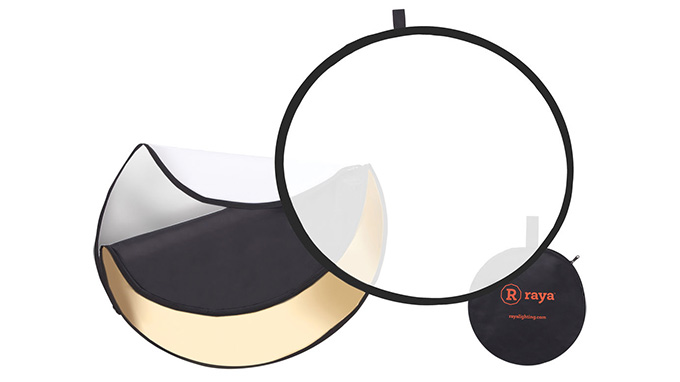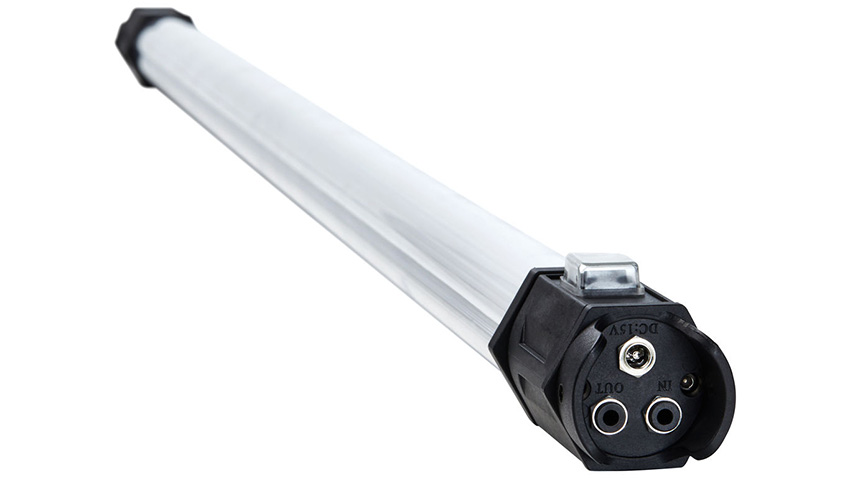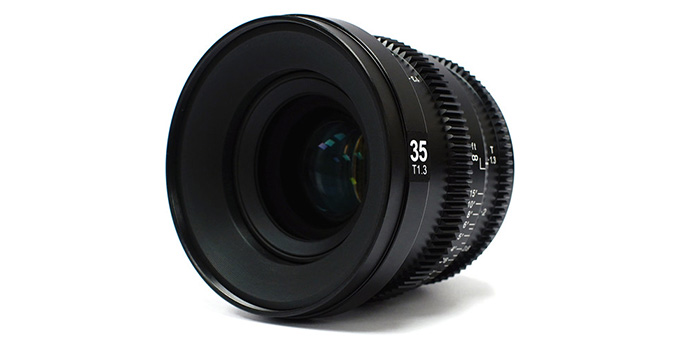You can always hop on a plan with the perfect equipment and a model to go shoot in an exotic destination that makes your job easy.
Most of the time you’ll be shooting in less-than-ideal locations with less-than-ideal conditions and less time than you want. That doesn’t mean your images should be as boring as the location.
By learning some relatively simple techniques and gaining a better understand of what exactly makes an image look “cinematic” you can work in any boring location and capture beautiful images.
If you want to learn more here we have filmmaker Jacques Crafford with seven helpful tips.
1. Angles
Changing up your angle can dramatically alter a shot. Shooting at eye level in some locations can show off some distracting background elements while also simply being not that interesting.
By dropping down to the ground you can eliminate some of those distractions and create a more compelling look with added depth.
This is a good time to use wide-angle lenses as they can create a good bit of interest with the low-angle shooting upwards shot. Picking out key elements to serve as a focal point in the shot will also play a role in creating a better image.
For a simpler shot you can shoot from directly overhead. Add in a bit of a twist for movement and even a normal spot of ground can feel more dynamic.
2. Handheld
Working handheld can help you make quick adjustments in your location to hide elements you notice and don’t want to see. You also have a bit more control over the camera movement. It could add a touch more camera shake, but modern stabilization systems combined with post work can smooth this out extremely well.
Handheld work does enable some shots that are difficult or near impossible with a gimbal. Tilts combined with push ins that track a specific subject are a good example. More movement will focus attention on the action and can help minimize the impact of a “boring” location.
3. Lighting
It doesn’t take thousands of dollars in lights and crew to make a shot more interesting with lighting. Simply controlling the light can help save a shot.

Image Credit: Raya
Picking up a 5-in-1 reflector is a cheap way to get started with lighting as it can be used as a diffuser to soften up some harsh light from the sun or serve as a bounce to fill in the shadows.
These can help you balance out your exposure and make a more flattering or pleasing shot.
When there isn’t enough or the right natural light to work with you can start bringing in artificial lighting. A small light can help create some additional contrast or even bring a bit of fun color to the shot. He shows off a tube light to illuminate his subject.

Image Credit: Nanlite
You’ll need to be careful with your light as it can come across as unnatural quickly. Using lights to emphasize natural light can be better than using fill.
If you can, pulling out larger diffusers can help save a whole location by diffusing the sun over a large area.
4. Lens Choice
While “cinematic” doesn’t always mean shallow depth of field it tends to go hand in hand. Shooting with a fast prime wide open at f/1.4 or f/1.8 will blur out distractions and give you a nice look.
His favorite pick is a 35mm since it is wide enough to capture location details but can still be used to get close and capture stunning portraits. Longer lenses can help make the backgrounds even less of a factor and provide a bit of a different look so you aren’t getting too many wide shots.

Image Credit: SLR Magic
5. Depth
Shooting wide open isn’t the sole factor in making a cinematic-looking image. Depth is the important part. You’ll want to position your subject carefully in the scene.
For example, having your subject too close to the background can make the image look flat. Making sure you have some space between the subject and the foreground or background elements can provide the needed depth.
Also, adding some foreground elements that are out of focus can create some interest that wasn’t there before.
6. Details
Because your location isn’t giving you tons to work with you’ll want to focus on the things that are within your control. Getting in very tight and shooting more interesting detail shots is going to help you avoid having to get variety with epic wide shots that aren’t going to be that epic.
Shooting tight for B-roll is itself fun and interesting so should help you fill out your video.
7. Grading
After the shoot you’ll have a ton of footage and to make it shine you’ll want to play around with the color grading. Doing things like desaturating parts of the background, bringing up the color on a model’s clothing, or even tweaking exposure for certain areas can really make any video shine.
Having fun and going away from a natural look can be interesting and most of the time you can make something that feels natural even though to you it is very far from the original scene.
Do you have any other tips for working in less-than-ideal locations?
[source: Jacques Crafford]
Order Links:
Disclaimer: As an Amazon Associate partner and participant in B&H and Adorama Affiliate programmes, we earn a small comission from each purchase made through the affiliate links listed above at no additional cost to you.
Claim your copy of DAVINCI RESOLVE - SIMPLIFIED COURSE. Get Instant Access!





